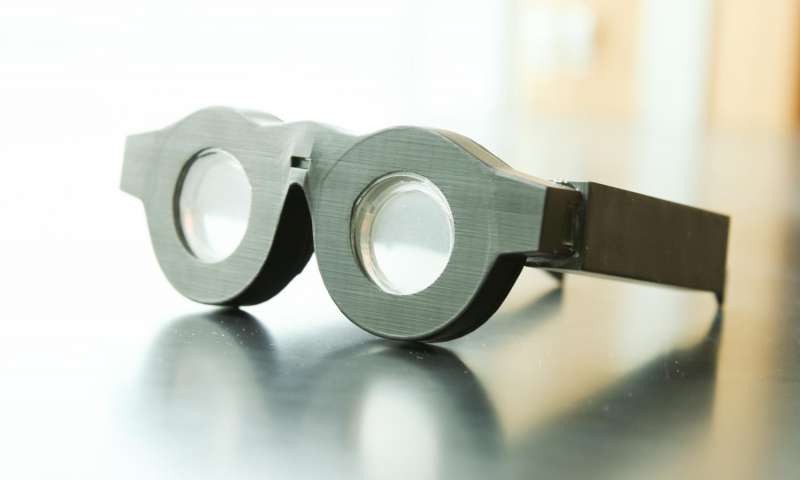
As most people age, the crystalline lenses in their eyes start to stiffen and are unable to change shape as easily. As a result, objects in close range start to look blurry, forcing many middle-aged adults to carry reading glasses either around their necks or tucked away in a handbag. Those already suffering from nearsightedness, or myopia, a condition where distant objects appear blurry, have to depend on bifocals or, even worse, switch between two pairs of glasses. However, thanks to some Utah researchers, there may finally be a solution — self-adjusting “smart” glasses.